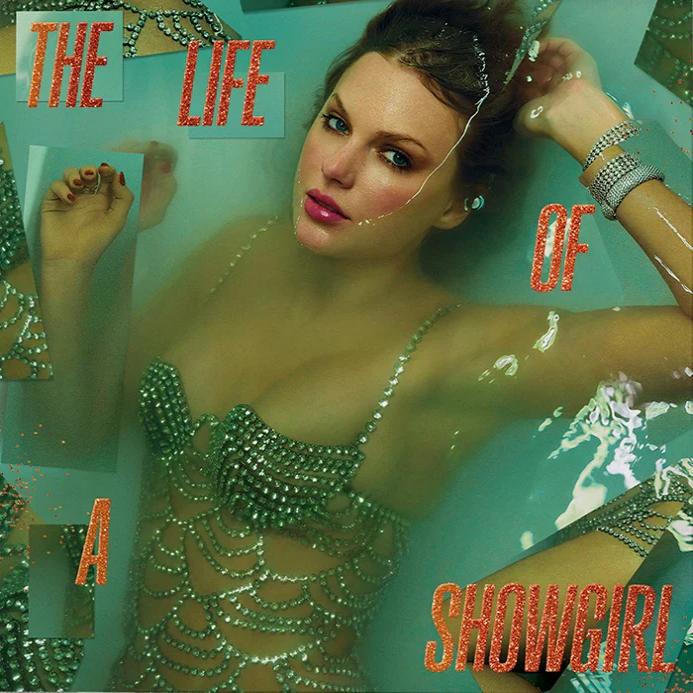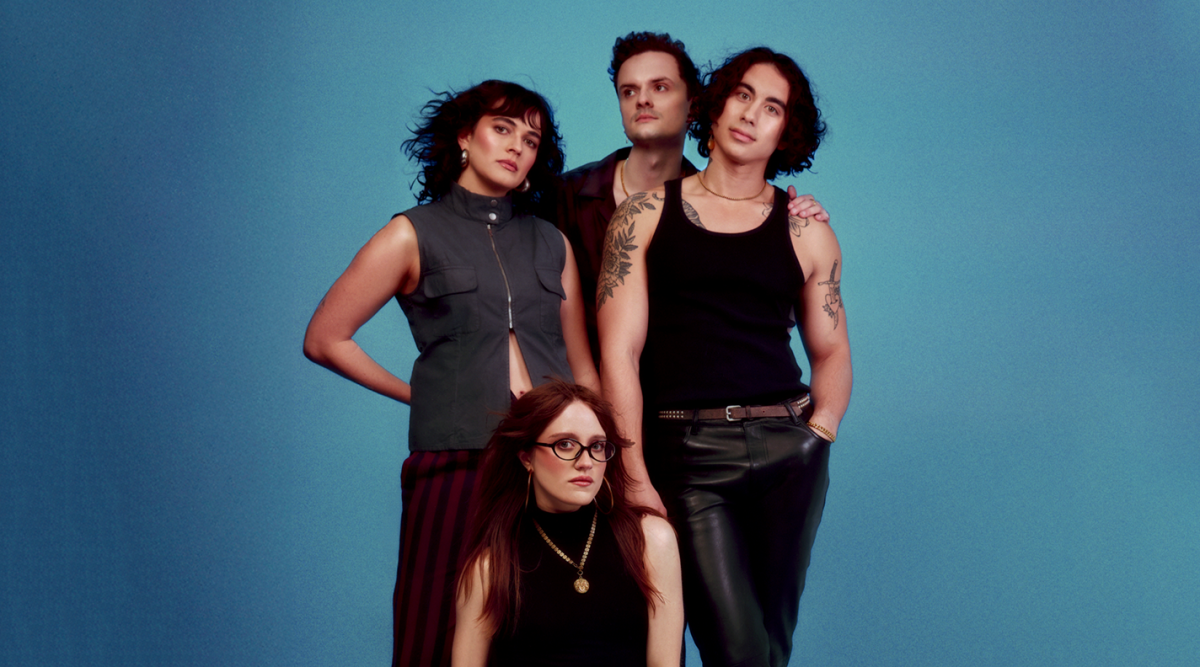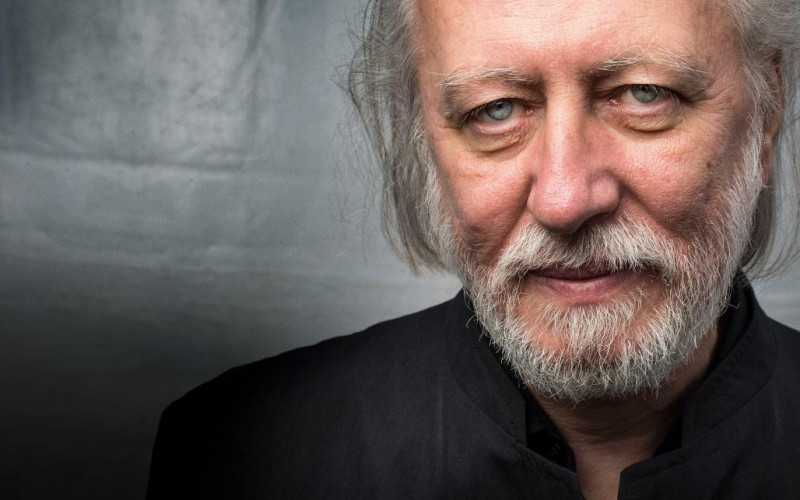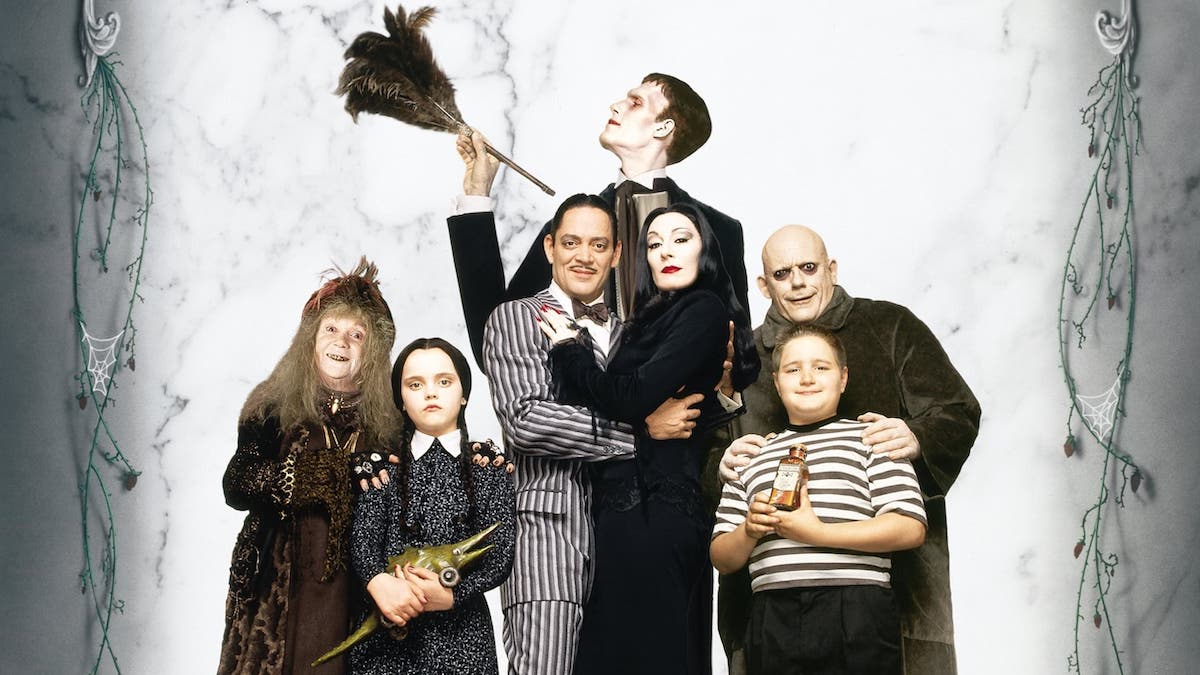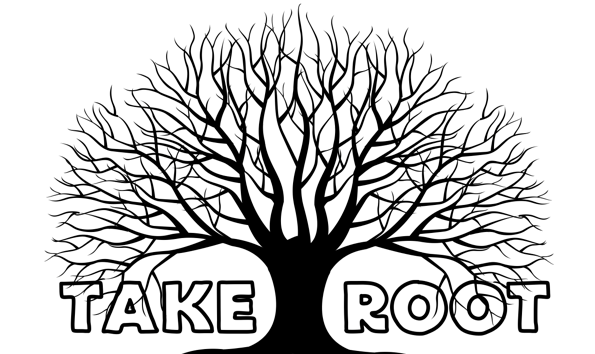
On Friday, March 8, and Saturday, March 9, Take Root — a dance company founded by Oakland University Assistant Professor of Dance Ali Woerner — took the stage to an excited crowd to perform and promote their ever-growing troupe of talented dancers and stage artists.
Created in 2013, Take Root’s mission is to create artistic and personal performances and make an impact not only in the local Michigan community but in spaces all over the world.
In 2023, Take Root participated in a residency in Germany which aimed to help people diagnosed with Parkinson’s disease have a creative outlet and also served to educate people about the disease in general.
One part of Take Root’s mission is their “Dance for Parkinson’s Disease.” During Saturday’s afternoon performance, a group of dancers of a variety of ages and skill levels performed “Jump in the Line” by Harry Belafonte where they waved scarfs in the air along with the viewing crowd — a nice touch of audience participation.
Before the main performance started, Woerner took the stage along with with Jon Anderson, the music director and composer for Take Root. Before the audience — along with a dancer and a volunteer from the audience — Anderson and Woerner demonstrated how the musical portion of the main show worked.
“What makes us really unique and different is that we have the collaboration between myself and Jon Anderson,” Woerner said.
Anderson, with a keyboard sampler and four microphones placed on stage, recorded the sounds made by the company dancer and the volunteer, subsequently looping and chopping up the samples to create a multi-layered sonic experience.
During the main performance of “Audience Of One,” Anderson chopped up claps, stomps, yelps and the shaking of the beads on the costume of the performer and looped them together to create an eclectic and charmingly bizarre musical experience.
The electronic music live-composed by Anderson borders often on a cappella, electroacoustic, free improvisation and other experimental genres.
On stage, the performer gave the sounds to Anderson through the microphones, he picked them up, chopped, looped and occasionally pitched them up or down, and then the dancer reacted to those sounds and gave back more. Visually, the performance was a huge push-and-pull moment and it was incredibly striking to see live.
“There’s nothing like writing music that is so raw and in the moment as you’re seeing the dancers work out the choreography,” Anderson said.
The next three performances did not get overshadowed by the tremendous creativity of the first one, as Anderson and the dancers put on a wonderful performance — marked by both incredible dancing and music.
The second performance of the afternoon, “Take (In),” included the whole company, and started with Anderson chopping and looping different types of drum hits.
This cacophonous sound soon snowballed into a cascade of percussive majesty as the dancers reacted to each hit and each addition to the already massive sound. Near the end, strings and other instruments were added to spice up the flashy spectacle.
The third piece, “One From The Other,” was a more intimate performance with the main two dancers giving a look into human relationships and the way they evolve.
The two dancers were accompanied by Anderson’s looping piano piece, and just like the other pieces they started out minuscule but got bigger and bigger over time until they quieted down back into themselves.
The dancers acted as equals, using each other’s strength and fragility as ways of carrying momentum across the stage. Even with the musical volatility presented before them — and in every performance — each dancer never missed a beat or a key move.
The final performance, “The Stories We Tell Ourselves,” was another experimental odyssey — an a cappella number. Anderson hummed, harmonized with himself and made noise into his microphone, and looped everything into the musical aspect of the performance.
The six or so dancers dazzled the audience in a climactic final performance that finished with the music slowly fading out along with the stage lights, where two dancers remained embracing.
The whole show really proved to me that dance is an art form that is incredibly overlooked in a world full of artistic prowess. It also showed me that music and dance are symbiotic and help each other.
Take Root does not have any plans to stay stagnant, according to Woerner, as they’re always growing.
“We’re a company in residency here at Oakland which means we have rehearsals here, students can take class with us here — which is really special,” Woerner said.
You can find upcoming Take Root performances on their website at takerootdance.com.




